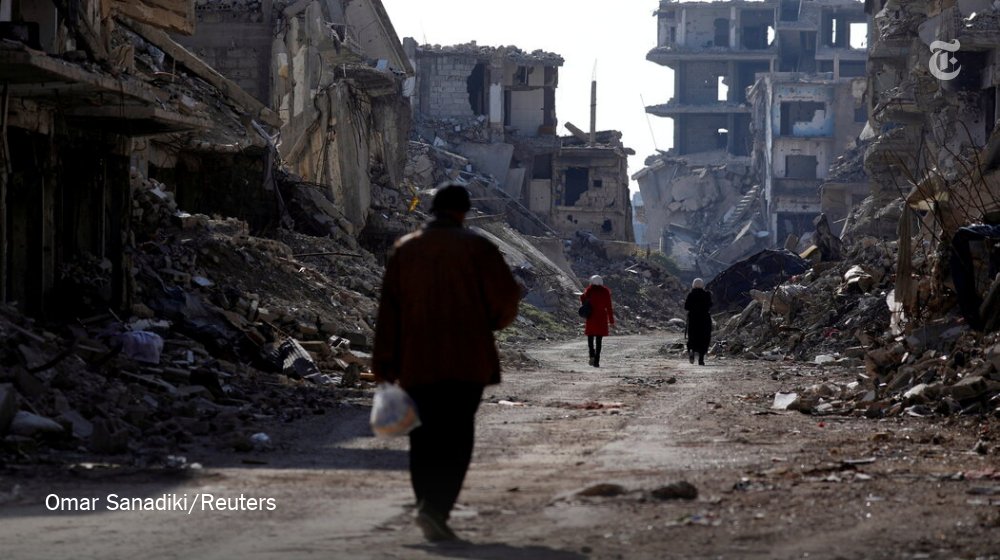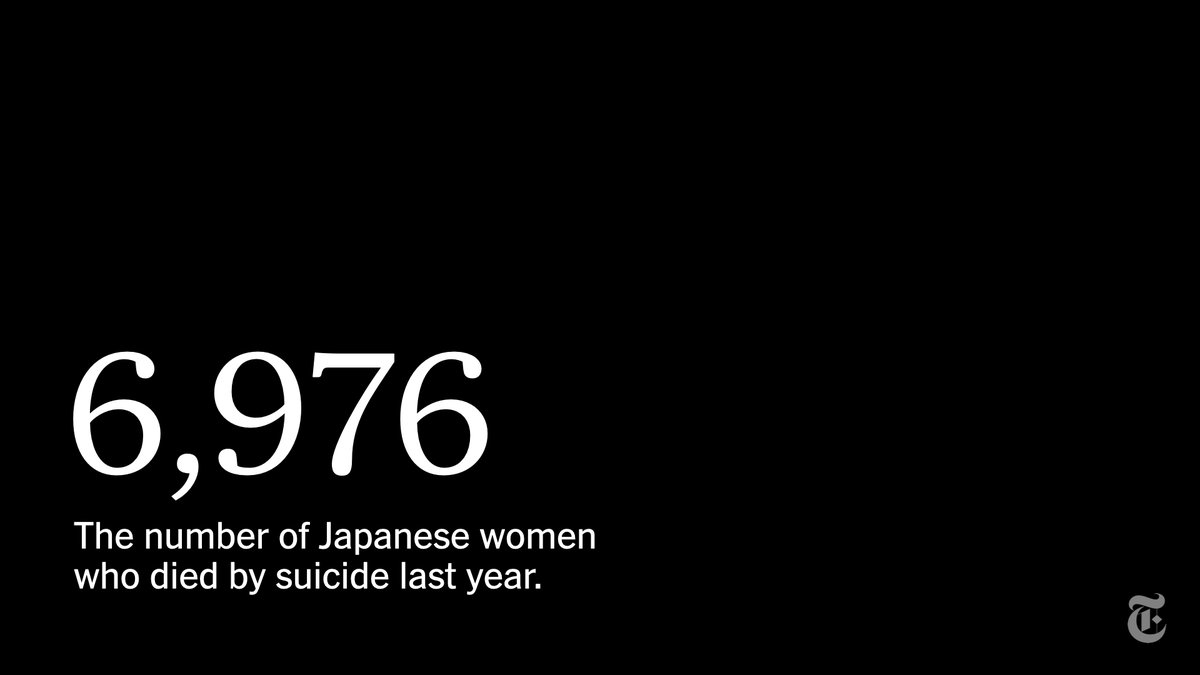
For the past year, intensive care units have been overwhelmed with Covid patients and the complexity of care they require.
Here is a look at how hospitals have been dealing with their critically ill patients and how they have been forced to adjust. nyti.ms/2ZKC8FS
Here is a look at how hospitals have been dealing with their critically ill patients and how they have been forced to adjust. nyti.ms/2ZKC8FS
Before Covid, about two-thirds of ICU beds were full with patients needing life-support technology and close monitoring. But during Covid surges, especially early in the pandemic, ICU beds filled up and the share of non-Covid patients often dropped. nyti.ms/2ZKC8FS
Some hospitals have had to create new ICU areas, including using hallways and spare rooms.
Not only do beds fill up, but the complexity of care needed for Covid patients requires some hospitals to pull in staff from other departments. nyti.ms/2ZKC8FS
Not only do beds fill up, but the complexity of care needed for Covid patients requires some hospitals to pull in staff from other departments. nyti.ms/2ZKC8FS

Typically, an ICU nurse might care for two patients, but many Covid patients require more attention, and a stable patient can need urgent care with little warning.
During a Covid surge, one nurse may be asked to care for three or more patients at once. nyti.ms/2ZKC8FS
During a Covid surge, one nurse may be asked to care for three or more patients at once. nyti.ms/2ZKC8FS
In California, Gov. Gavin Newsom temporarily altered the rules to allow one ICU nurse to care for three patients instead of the previous maximum of two. In some hospitals, the ratios have gone even higher. nyti.ms/2ZKC8FS 

Covid patients are often rolled onto their stomachs, called “proning,” which has been shown to increase oxygen flow. But the practice can require even more staff. Plus, patients who are on their stomachs need to be watched more carefully and turned often. nyti.ms/2ZKC8FS 

Covid’s contagiousness also adds to the burden for ICU staff: connecting patients to their families, who may not be allowed to visit, and keeping themselves safe from the virus.
See more about the pressures on many of those working in ICUs. nyti.ms/2ZKC8FS
See more about the pressures on many of those working in ICUs. nyti.ms/2ZKC8FS
• • •
Missing some Tweet in this thread? You can try to
force a refresh











